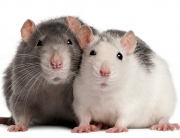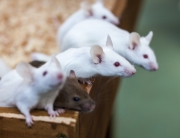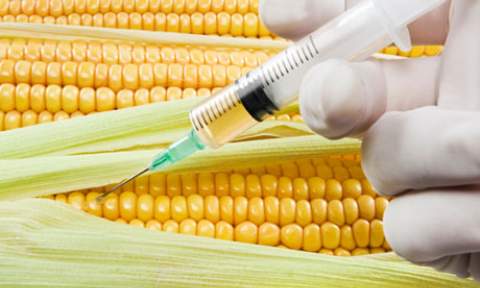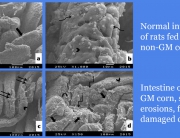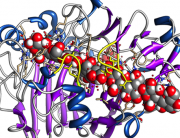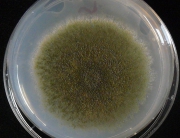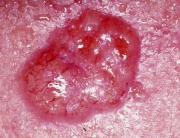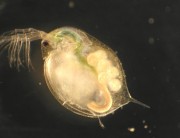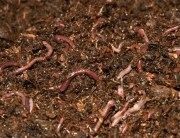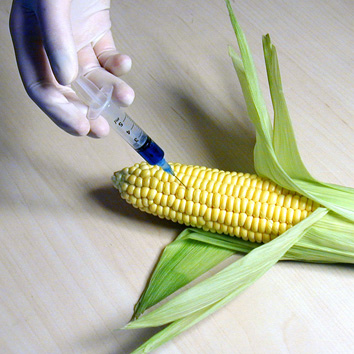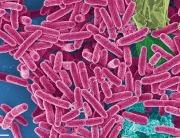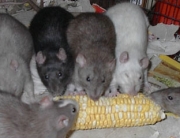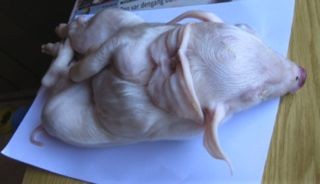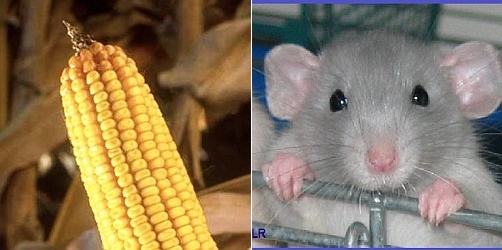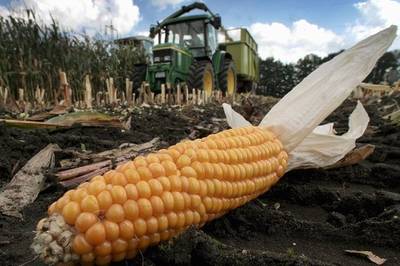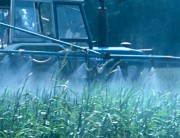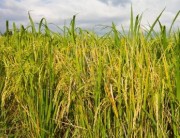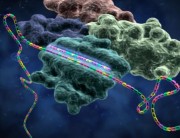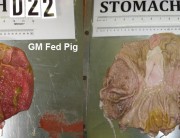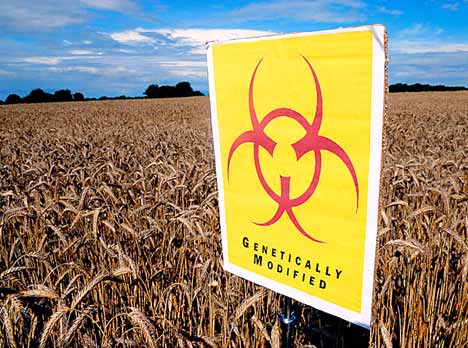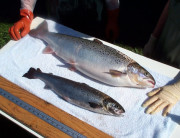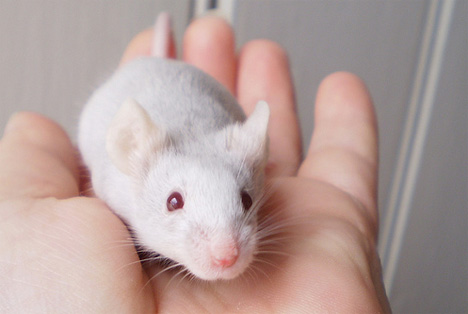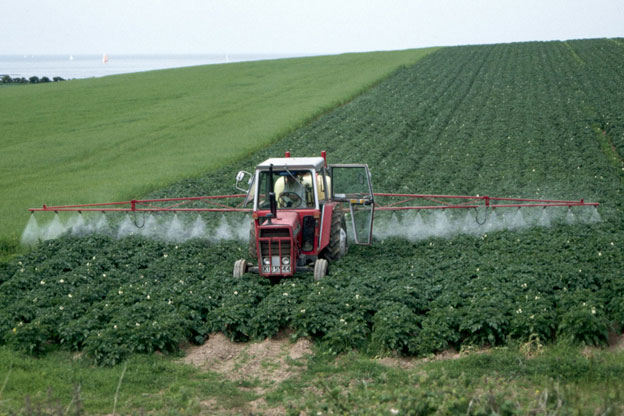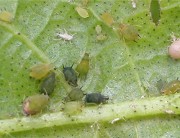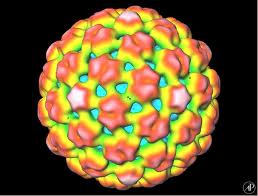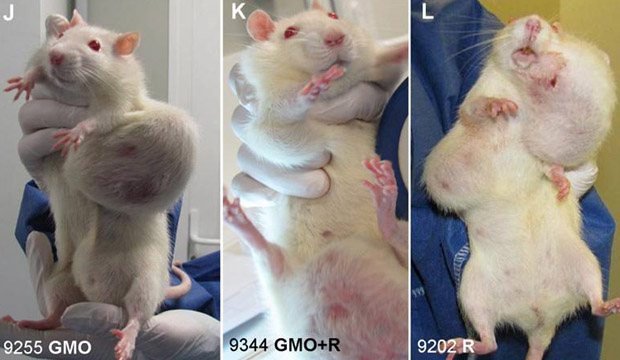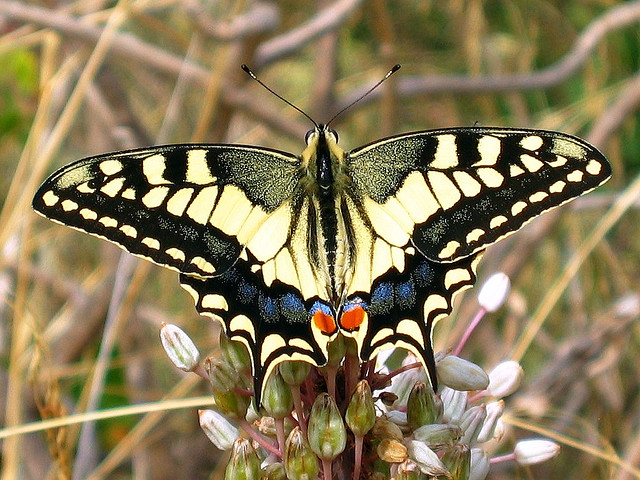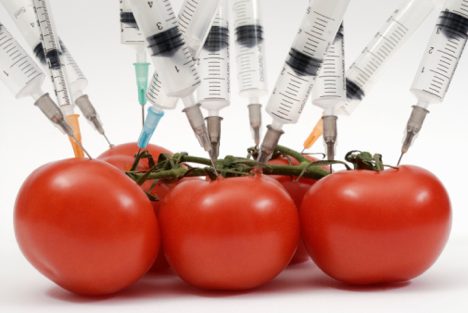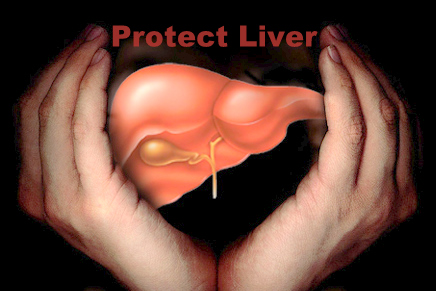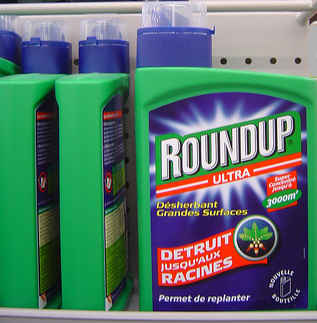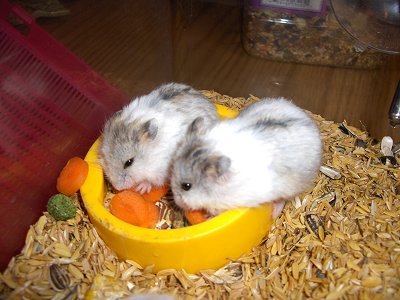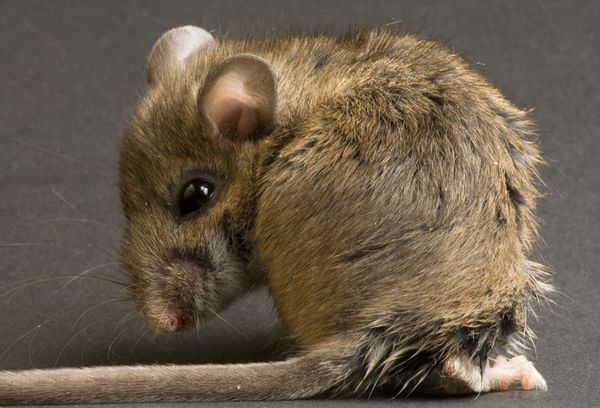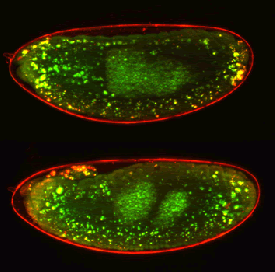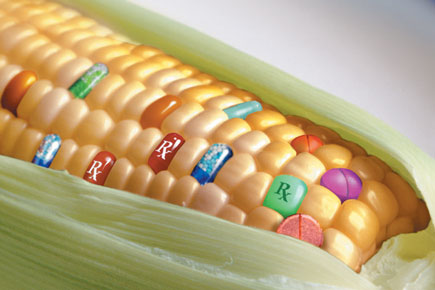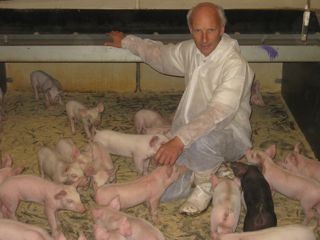This Gilles-Eric Seralini paper concludes that the GM Bt brinjal (eggplant) cannot be considered as safe as its non GM counterpart. Indeed, it should be considered as unsuitable for human and animal consumption. In addition, the longest toxicity tests which are for only 90 days do not assess long-term effects like the development of tumours or cancers.
Source: www.somloquesembrem.org
Summary
The dossiers submitted by Mahyco in support of their application for commercialisation of genetically modified (GM) Bt brinjal raise serious concerns. Most of these are not signed by researchers that have performed the tests on pages where they should be (signature frames empty), and could be considered as non valid. Bt brinjal has been modified to produce an unknown chimeric insecticide toxin containing Cry1Ab and Cry1Ac modified sequences. In the toxicity tests on target and non-target insects, this chimeric toxin has not been used but instead, an improper Cry1Ac toxin was used because this control was easier. This could also make these tests not valid. Moreover, Bt brinjal produces into the vegetable cells a protein inducing resistance towards at least kanamycin, a well known antibiotic. This is typical of the first generation of GMOs which have been made without consideration of the problem. Antibiotic resistance is recognized to be a major health problem because of the growing development in the environment and bodies of antibiotic resistance genes. It is very inappropriate to consider commercialising a food containing an antibiotic resistance gene since several modern biotechnology companies have already developed transgenic plants without this kind of marker genes. It is possible that Mahyco has bought an old unused GMO technology to Monsanto Company. Bt brinjal has not been properly tested at a safety or an environmental point of view. However in feeding trials, numerous significant differences were noted compared to the best corresponding non-Bt controls: Bt brinjal appears to contain 15% less kcal/100 g, have a different alkaloïd content, and 16-17 mg/kg Bt insecticide toxin poorly characterized for side effects, and produced by the plant genetically modified for this. Parameters affected in animals fed with this GMO are in blood cells or chemistry, but in different manners according to the period of measurement during the study or the sex: in goats prothrombin time is modified, and biochemical parameters such as total bilirubin and alkaline phosphatase are also changed, as well as feed consumption and weight gain. For rabbits less consumption was noted and also prothrombin time modification, higher bilirubin in some instances, albumin, lactose dehydrogenase and the hepatic markers alanine and aspartate aminotransferases. Sodium levels were also modified, as well as glucose, platelet count, mean corpuscular haemoglobin concentration and haematocrit value. In cows milk production and composition were 10-14% changed. There was more milk and more roughage dry matter intake like if the animals were treated by a hormone. Rats GM-fed had diarrhoea, higher water consumption, liver weight decrease as well as relative liver to body weight ratio decrease. Feed intake was modified in broiler chickens as well as glucose in some instances. Average feed conversion and efficiency ratios are changed in GM-fed fishes. All that makes a very coherent picture of Bt brinjal that is potentially unsafe for human consumption. It will be also potentially unsafe to eat animals with these problems, having eaten GMOs. These differences are most often not reported in the summaries of the different experiments but are in the raw data. These differences were, when discussed, disregarded, often on the grounds that they were within the range of a wide “reference” group (really larger than the real closest control group). This reference group represents a wide range of brinjal types and is not a strict comparison. Other reasons for disregarding the differences were that they did not show linear dose response or time response, or that they were only present in either males or females, but not both. Such declarations that the differences seen are not of biological relevance are not substantiated by the data presented from the feeding trials. Clear significant differences were seen that raise food safety concerns and warrant further investigation. The GM Bt brinjal cannot be considered as safe as its non GM counterpart. Indeed, it should be considered as unsuitable for human and animal consumption. In addition, the longest toxicity tests which are for only 90 days do not assess long-term effects like the development of tumours or cancers.
It is almost impossible through measurements of toxicity to a few species of non-target organisms to get a sufficient view of possible harm to complicated ecosystems, which, moreover vary substantially from place to place in India. The experiments on the potential toxicity of GM Bt brinjal to non target organisms (such as butterflies and moths), to beneficial insects and to long-term soil health are woefully inadequate and give no assurances for the environmental safety of growing GM Bt brinjal. Indeed, in many cases the experiments were considered irrelevant (e.g. do not take indirect effects, such as effects up the food chain into account). The gene flow studies assess but not extensively and not in an adequate manner the possibility of GM contaminations, in particular to neighbouring brinjal crops. This neglects other routes of contamination (e.g. by mixing seeds).
Based on these tests, Bt brinjal cannot be considered as safe. It is known anyway that natural Bt toxins have never been authorized as such for mammalian consumption. Artificial ones should not be either, before a more serious assessment. Significant effects in comparison to controls are also noticed with other GMOs tolerant to Roundup, and in total with at least four GMOs for which these kinds of tests have been done. These resemble classical side effects of pesticides in toxicology; and these have also been observed for
MON810 maize producing a related insecticide which is present in part in the Bt brinjal, Cry1Ab.
Brinjal is known to have existed in India for 4000 years. Given that India is also a functional Centre of Origin of brinjal, any release of Bt Brinjal into the environment, poses a significant risk of contamination to sexually compatible wild species and consequent harm
to the environment in addition to the contamination of Non-GM varieties. The commercialisation of Bt Brinjal will exacerbate that risk.
The release of Bt brinjal for these reasons as well would be a problem. The agreement for Bt brinjal release into the environment, for food, feed or cultures, may present a serious risk for human and animal health and the release should be forbidden.
Author
Gilles-Eric SERALINI





